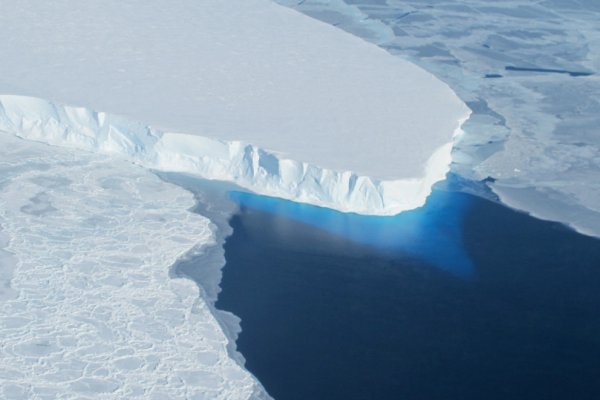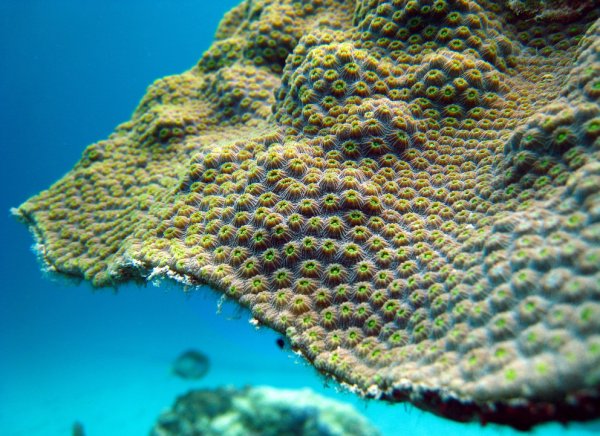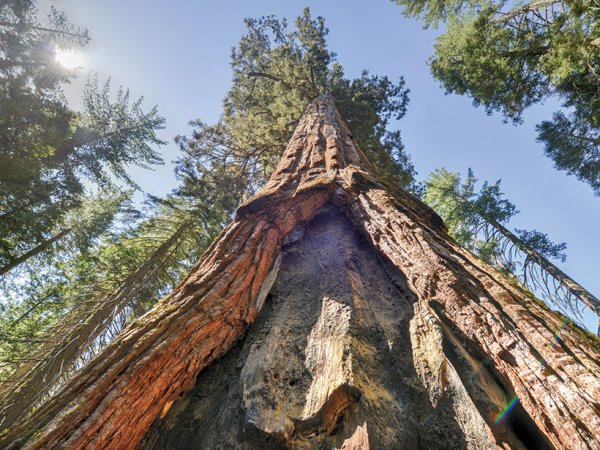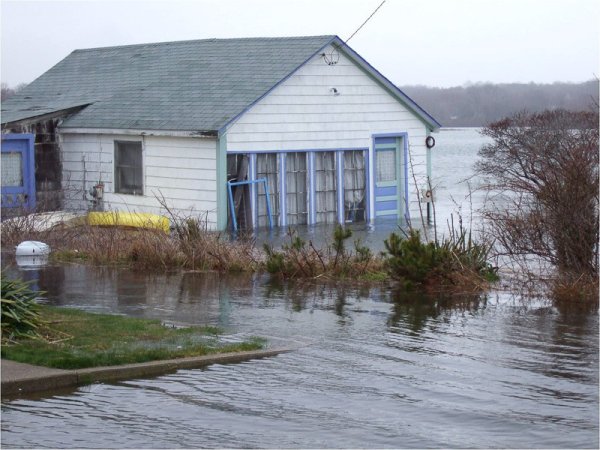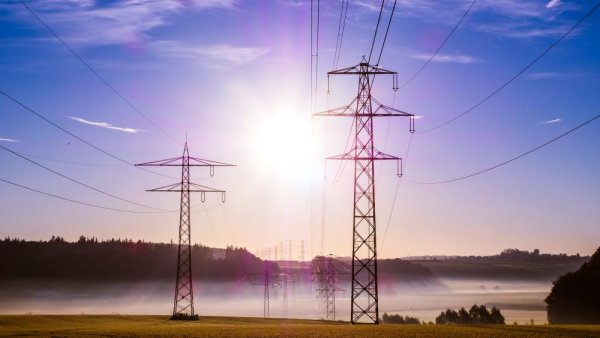Climate impacts could put major fishery, food security at risk in East Africa
| news.psu.edu
Climate change could put a major fishery at risk in one of the world’s most vulnerable regions. Lake Tanganyika is home to small pelagic fish that feed millions of people in East Africa, but certain climatic changes could threaten fish stocks and regional food security, according to researchers.
Penn State Harrisburg to hold Faculty Research Day
| psu.edu
The Office of Research and Outreach at Penn State Harrisburg will hold Faculty Research Day from 8 a.m. to 5:30 p.m. Thursday, Oct. 8. via Zoom. Ann M. Schlenker, director of the Center for Transportation Research at Argonne National Laboratory, will deliver the keynote address.
Ice melt projections may underestimate Antarctic contribution to sea level rise
| news.psu.edu
Fluctuations in the weather can have a significant impact on melting Antarctic ice, and models that do not include this factor can underestimate the global impact of sea level rise, according to Penn State scientists.
Undergraduate students conduct climate research with Penn State scientists
| news.psu.edu
During a summer research experience, something stood out as Alisha Wellington began contrasting forecasts with field observations for Hurricane Fred, which hit the African island nation of Cape Verde in 2015. The forecast downplayed the pressure, wind speed and shape when contrasted with the limited observational data points. Worse, the trajectory of the storm was off.
Four new faculty members join Department of Chemical Engineering
| psu.edu
Four new researchers are joining the faculty of Penn State’s Department of Chemical Engineering.
Coral’s resilience to warming may depend on iron
| news.psu.edu
The ability of the microalgae that live within coral cells to respond to warming water temperatures in part depends on the amount of iron available to it, according to a new study led by Penn State researchers.
Seminar to examine initiative’s effects on energy costs, power grid
| news.psu.edu
Joel Landry, assistant professor of environmental and energy economics, will discuss the effects of Pennsylvania joining the Regional Greenhouse Gas Initiative on energy costs and the power grid at noon on Friday, Oct. 2. The seminar, which is free and open to the public, will be held through Zoom. Registration is required.
Critical zone science comes of age
| eos.org
The developing field, which unites Earth scientists to examine the planet’s surface as a single, unified entity, is unraveling the complex, interconnected processes that support life on Earth.
Simpler models may be better for determining some climate risk
| news.psu.edu
Typically, computer models of climate become more and more complex as researchers strive to capture more details of our Earth's system, but according to a team of Penn State researchers, to assess risks, less complex models, with their ability to better sample uncertainties, may be a better choice.
Energy Law and Policy webinars to focus on Regional Greenhouse Gas Initiative
| psu.edu
Penn State’s Center for Energy Law and Policy is hosting a series of webinars this semester focusing on the economic, human health, legal and industry aspects of Pennsylvania joining the Regional Greenhouse Gas Initiative, an agreement among almost a dozen states to reduce greenhouse gas emissions from electric power plants. The webinars, which are free and open to the public, will be held at noon on Fridays via Zoom. Registration is required.
Five researchers join the Institutes of Energy and the Environment
| news.psu.edu
Five Penn State researchers have become cofunded faculty in the Institutes of Energy and the Environment.
A conversation with Multicultural Engineering Program Director Lauren Griggs
| onwardstate.com
"Making sure people's momentum continues to be present and evolve is what will help the STEM field be the best it can be."



